Animal and plant cells have three main differences. They both have a nucleus, cytoplasm and cell membrane, but only plant cells have a cell wall, vacuole and chloroplasts. We used jelly to create an easy plant cell model showing the main features of a plant cell.
See our animal cell model post for more about the organelles found in both types of cells.
Features of a plant cell
Cell wall – a rigid coating made of cellulose, this gives support to the cell.
Vacuole – this is a large space filled with cell sap. Cell sap is a solution of sugar and salts.
Chloroplasts – these contain chlorophyll which is needed for photosynthesis.
Plant Nutrition
Did you know plants make their own food? They use a process called photosynthesis which is a chemical process that takes place in every green plant. Photosynthesis uses carbon dioxide and water along with energy from sunlight to make glucose ( energy for the plant ) and oxygen!
Photosynthesis Equation
carbon dioxide + water → glucose + oxygen
Plants get carbon dioxide from the air through their leaves, and water from the ground via their roots.
Light energy comes from the Sun and is absorbed by chlorophyll ( found in chloroplasts ). It is chlorophyll that gives leaves their green colour.
The glucose created in photosynthesis is converted into other substances including starch for storage of energy. This energy can be released by respiration.
What affects photosynthesis?
Four factors affect photosynthesis. The faster photosynthesis occurs the more the plant grows.
Light – the more light there is, the faster photosynthesis occurs.
Water – not enough water slows photosynthesis down.
Temperature – photosynthesis works best at around 30 degrees Celsius.
Levels of carbon dioxide – photosynthesis is faster if there is more carbon dioxide in the air.
Easy plant cell model
We made these plant cell models using jelly ( jello ) and different candy sweets. They are very easy to make and look great.
What you need to make a jelly plant cell model
Jelly/Jello
Different sweets – you’ll need something long and thin for the cell membrane.
Instructions
Make your jello as per the instructions in a lightly greased container.
Once set gently tip it into the container you want to keep the cell in ( it’ll be hard to move after this point )
Add sweets to look like each organelle.
Use toothpicks and stickers as signs to label the cell model.
If you look closely you might spot an error with our labelling..
We found that some sweets, especially hard boiled or sugar coated ones leaked colour into the jelly after a period of time. Keeping them in the fridge seemed to help slow this process down.
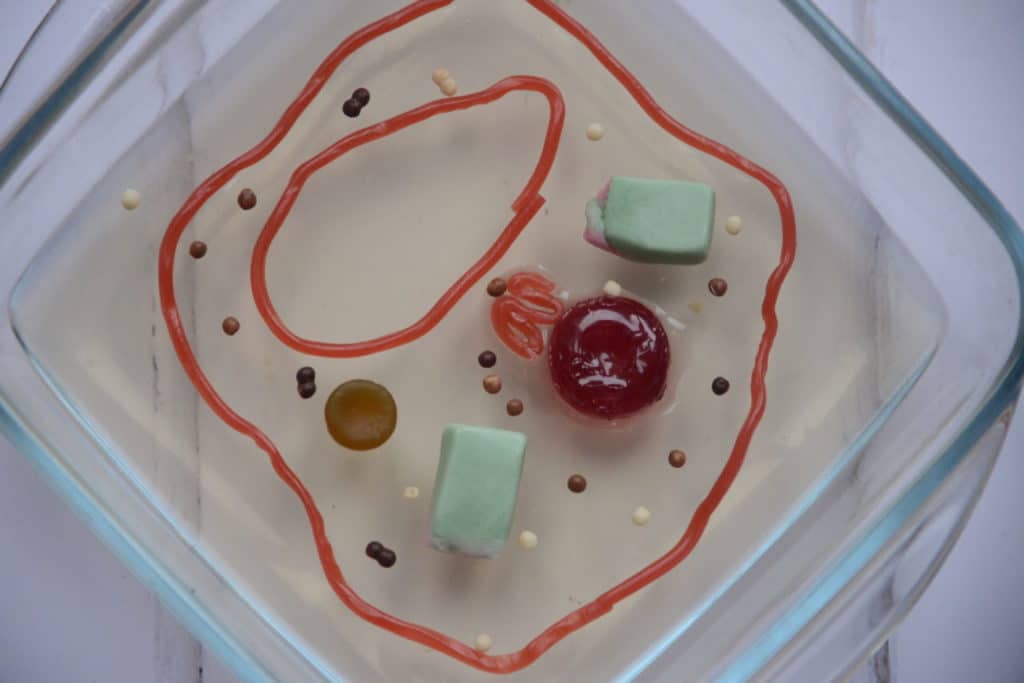
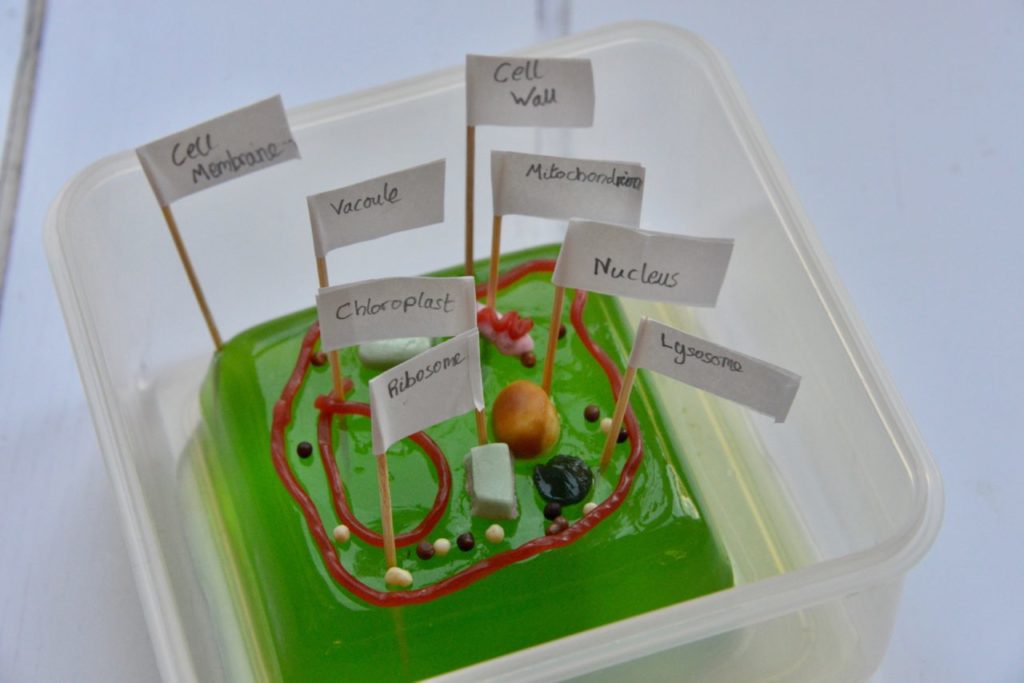
Plant and Animal Cell Revision Cards
Download my FREE cell revision cards by clicking the image below! Pin them up somewhere or cut into cards to carry around.
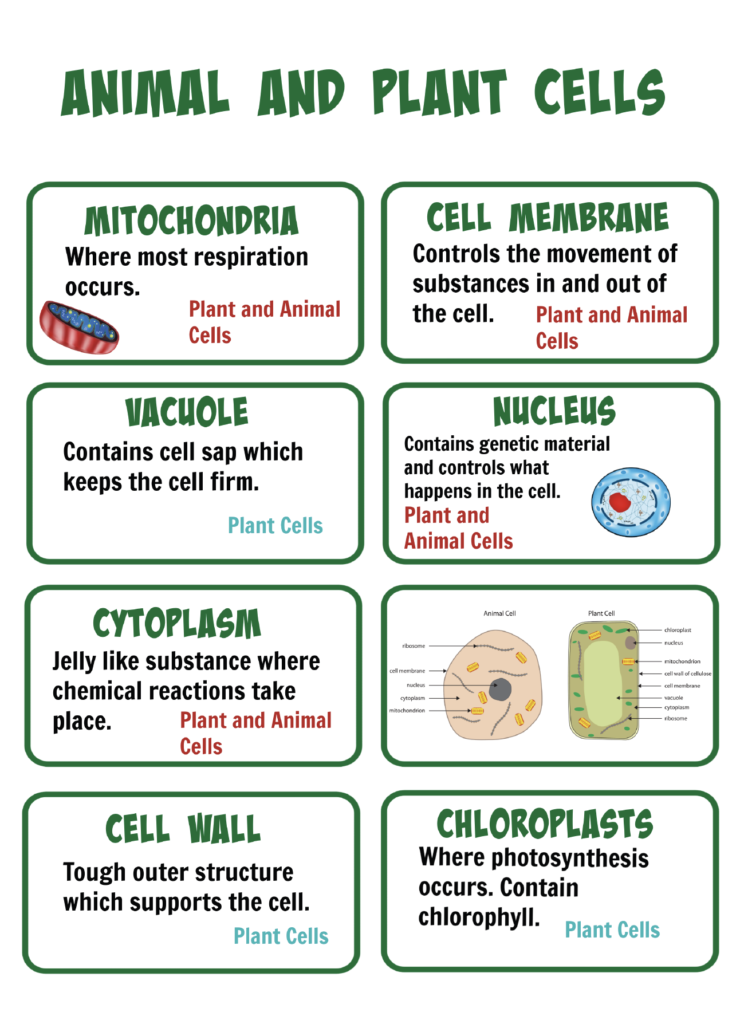
Pizza Cell Model
If you don’t fancy a jelly model how about a pizza plant cell model?
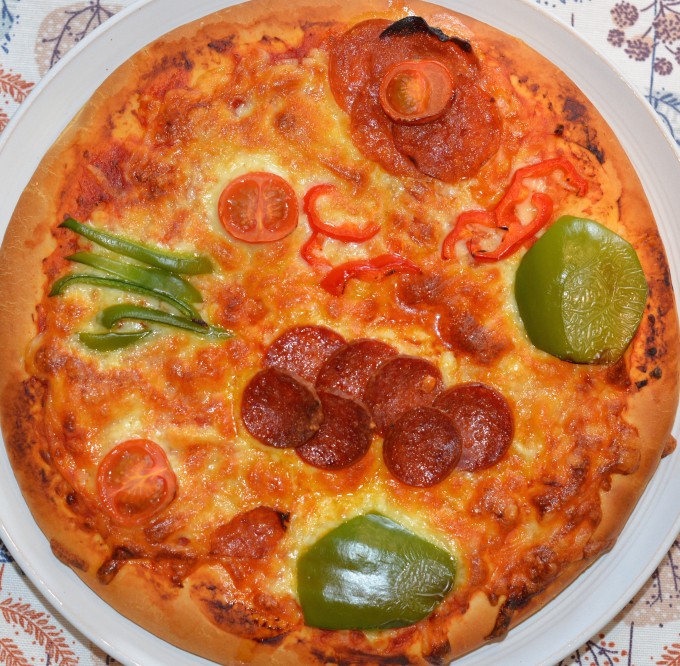
Modroc Plant Cell Model
This model is made from modroc ( plaster bandage ). We built it over a rectangle container and left it to dry to get the shape.
We used scrunched up bits of modroc to form the organelles and then painted it!
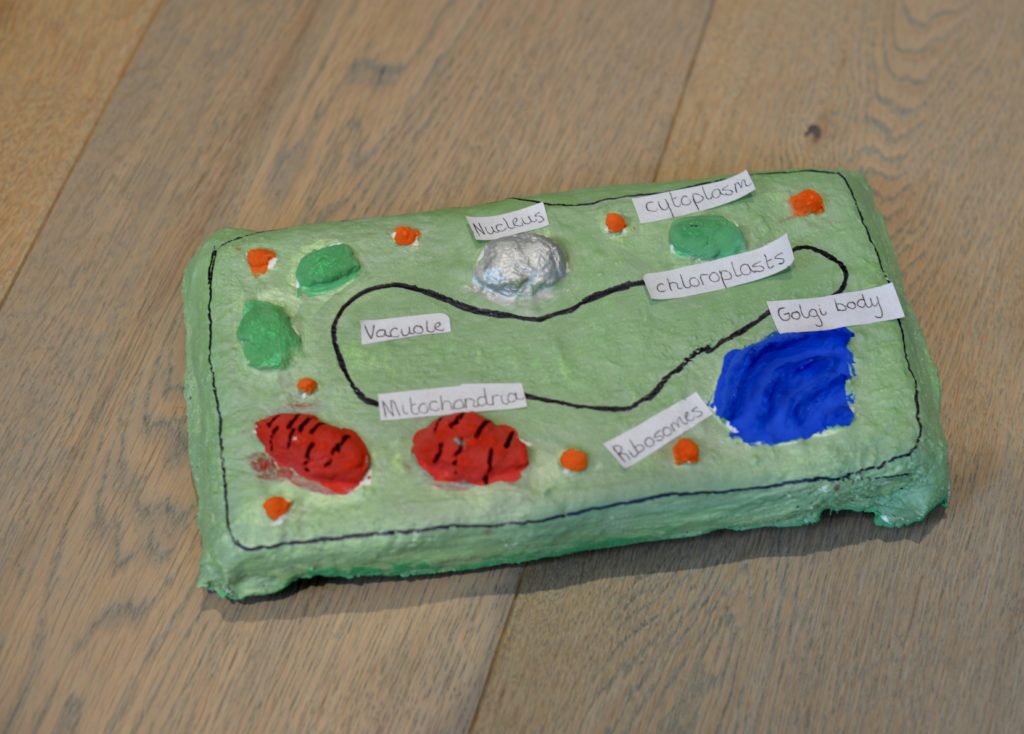
Or how about a slightly easier candy version?
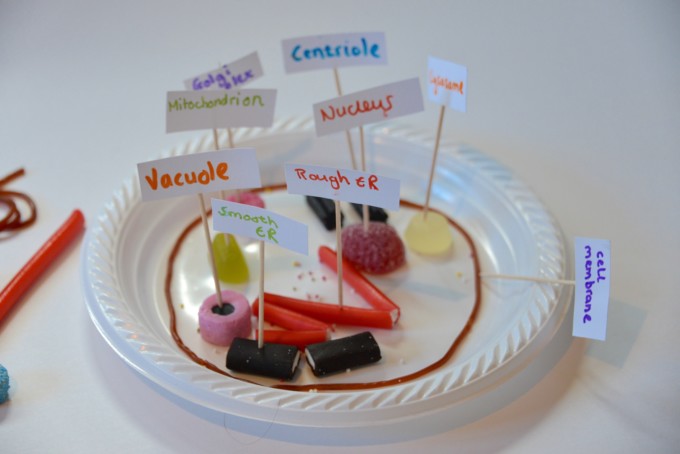
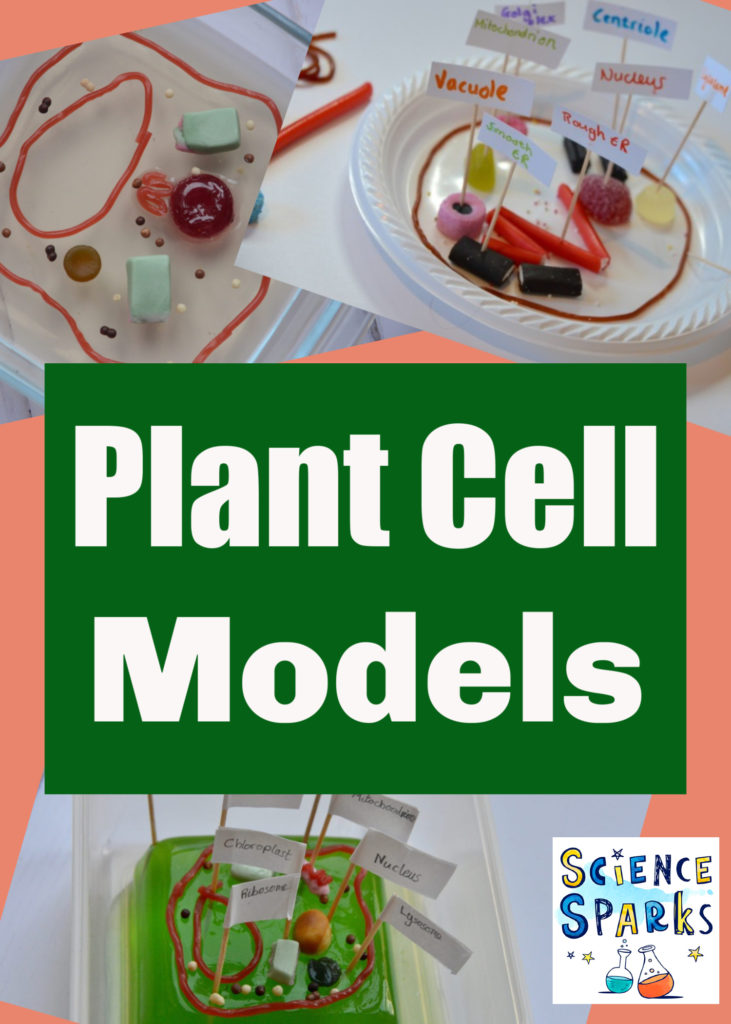
More Plant Science for Kids
Use two paper plates and a split pin to create a plant life cycle spinner
Find out how water is transported in plants with these easy experiments to demonstrate plant water transportation.
We’ve also got lots of plant science activity ideas which fit the English science curriculum, including dissecting flowers!
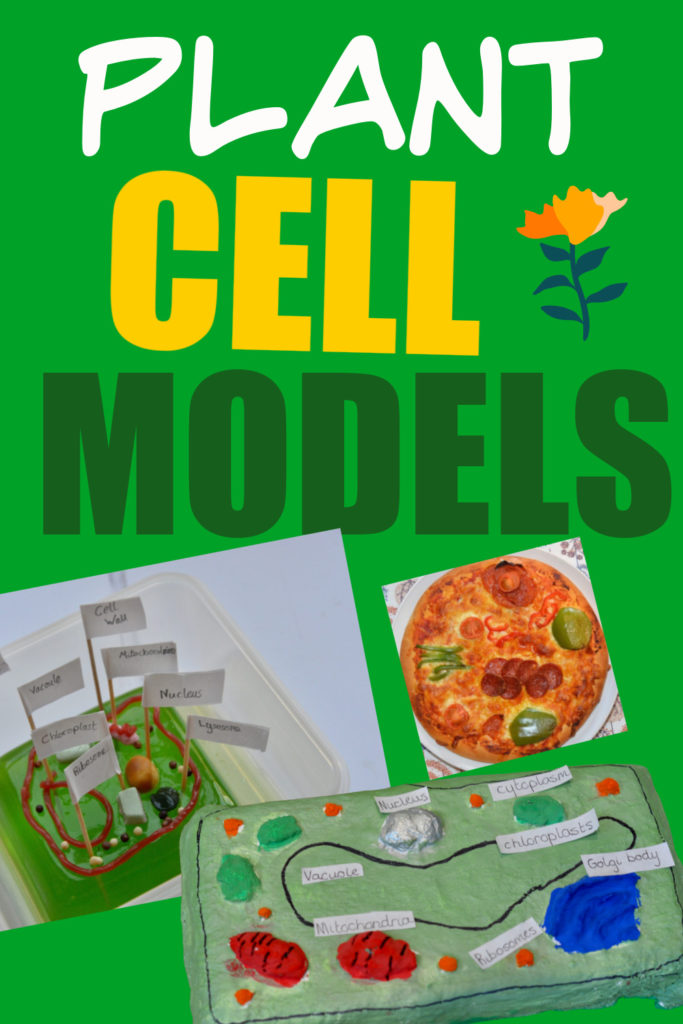
Last Updated on September 14, 2021 by Emma Vanstone

Leave a Reply